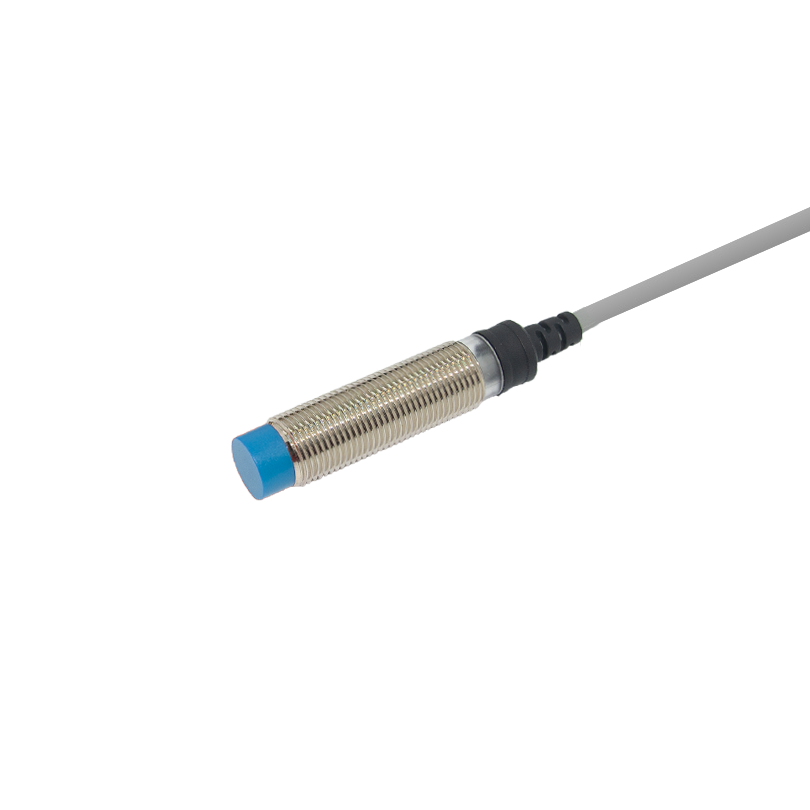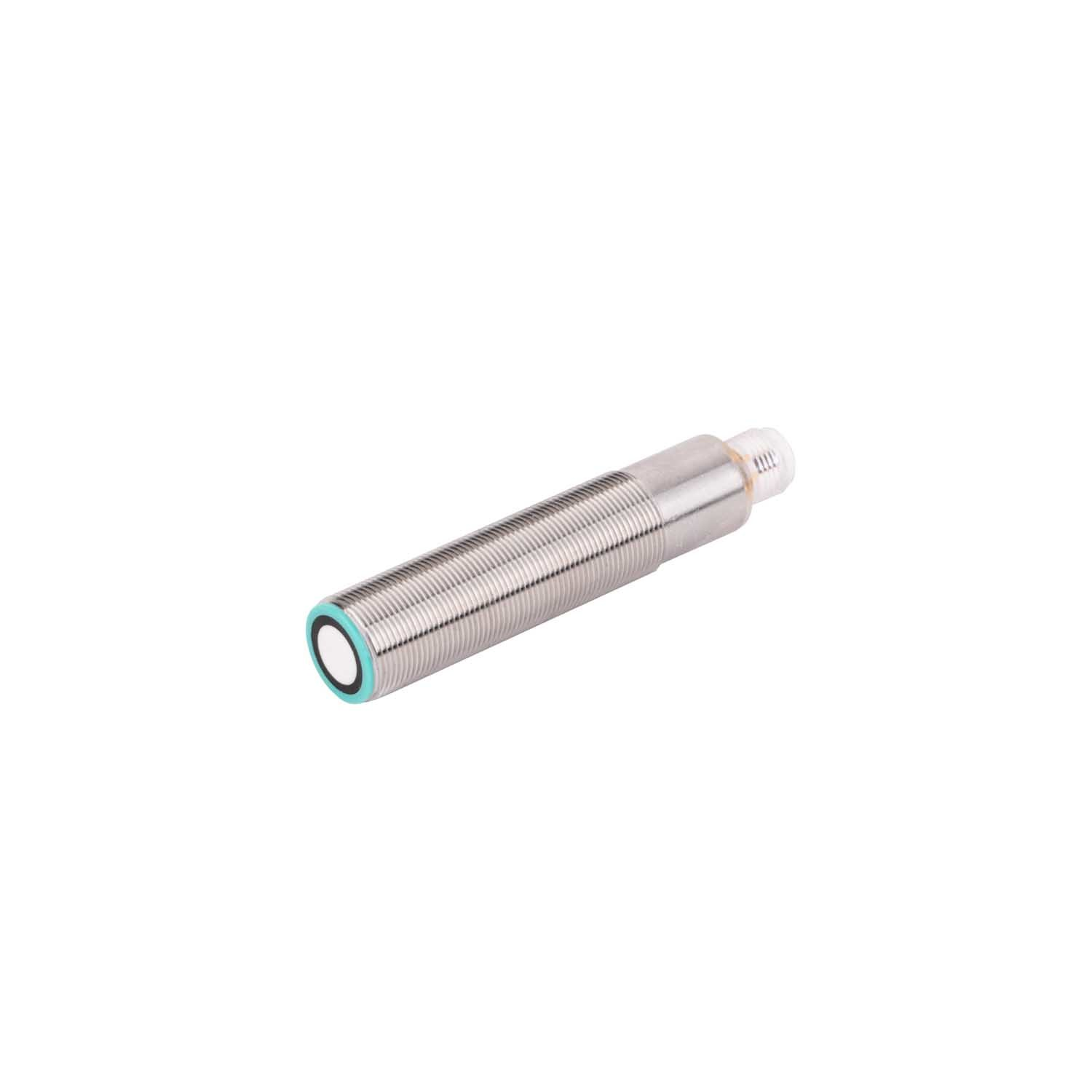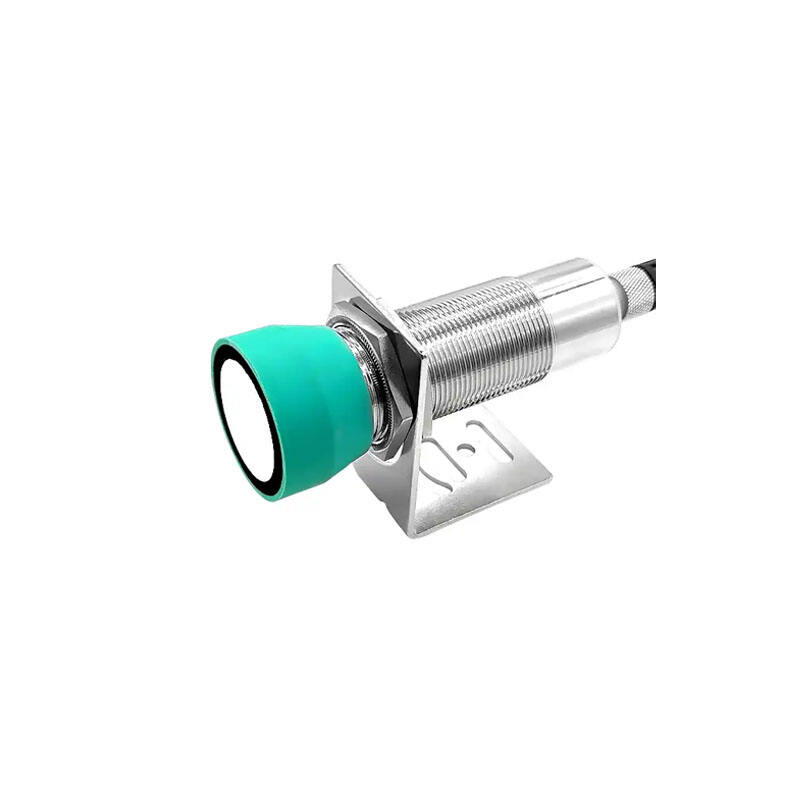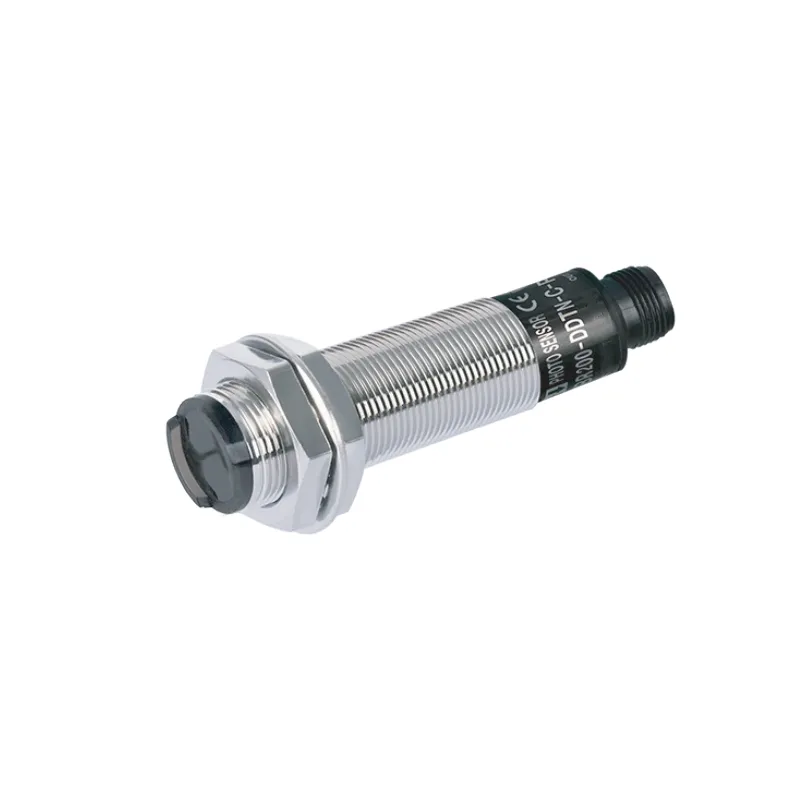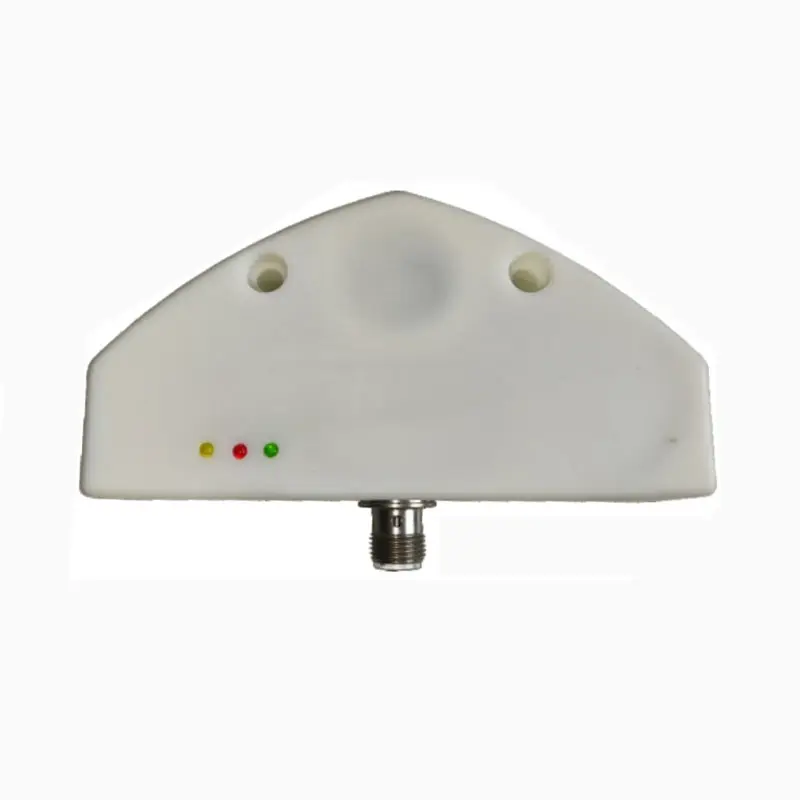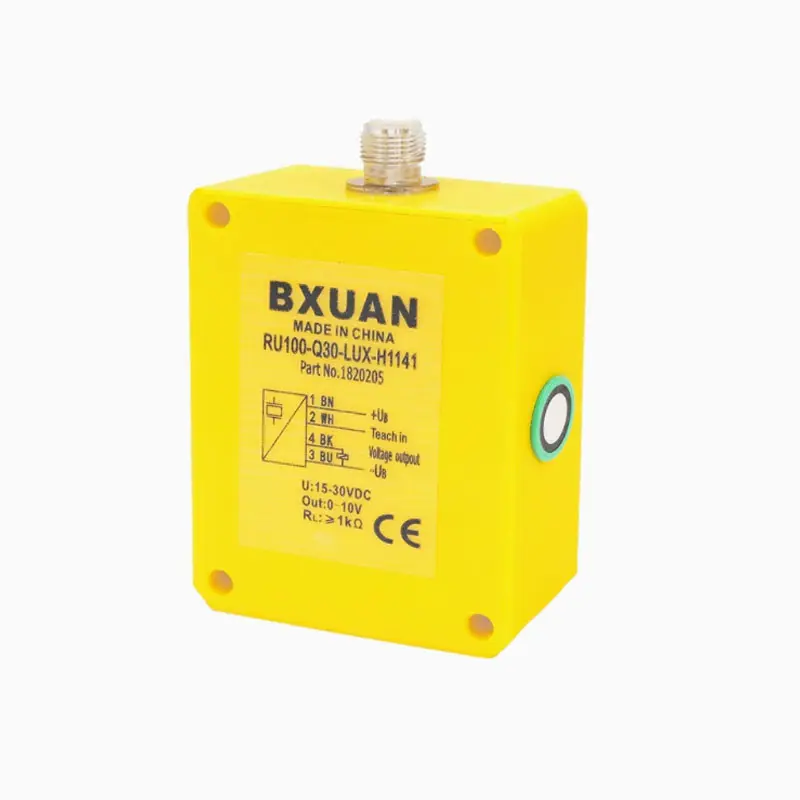level sensor for wastewater treatment
Level sensors for wastewater treatment play a crucial role in monitoring and controlling liquid levels within treatment facilities. These sophisticated devices utilize various technologies including ultrasonic, radar, and hydrostatic pressure measurements to provide accurate and reliable level detection in challenging wastewater environments. The sensors continuously monitor fluid levels in tanks, basins, and channels, ensuring optimal process control and preventing overflow incidents. They are specifically designed to withstand harsh conditions, featuring corrosion-resistant materials and robust construction that can handle exposure to aggressive chemicals and biological substances. The technology incorporates advanced signal processing capabilities that filter out false readings caused by foam, turbulence, or floating debris. Modern level sensors also integrate seamlessly with SCADA systems and other automation platforms, enabling real-time monitoring and data logging. They support multiple communication protocols, including 4-20mA, HART, and Modbus, making them compatible with existing infrastructure. The sensors provide essential data for process optimization, helping treatment facilities maintain efficient operations while meeting regulatory requirements for environmental protection.

